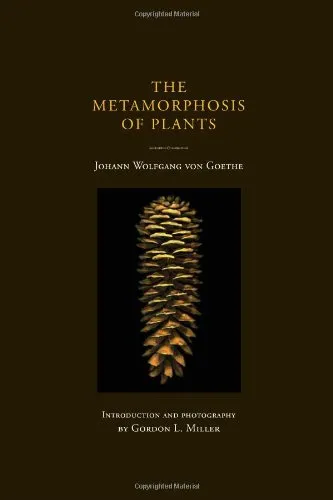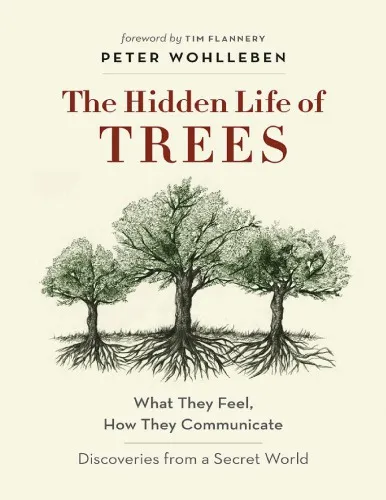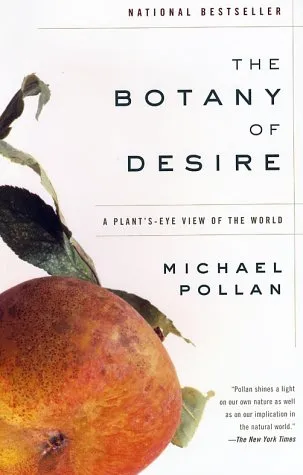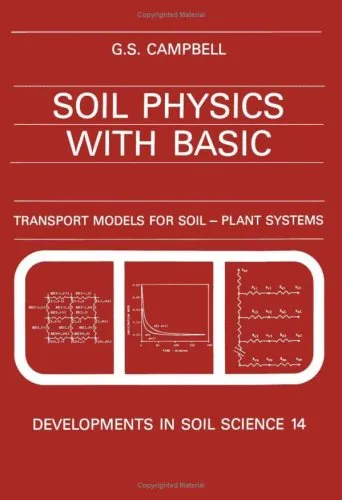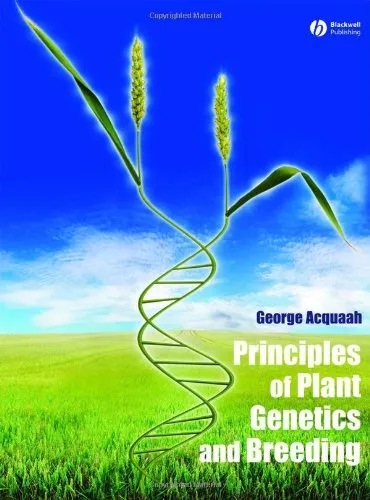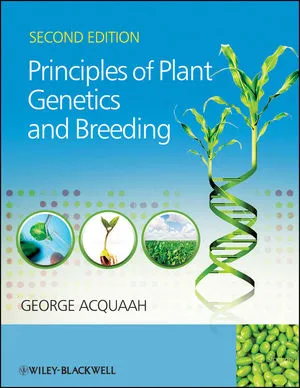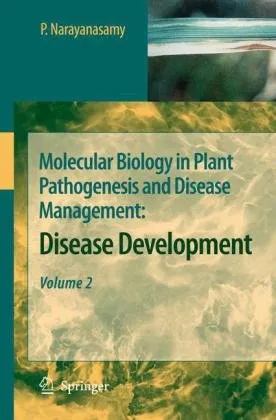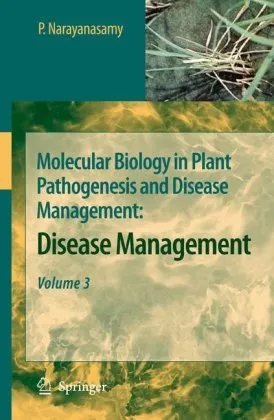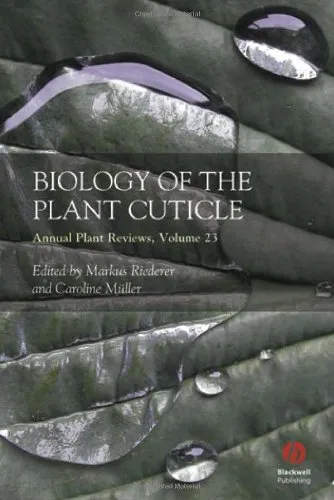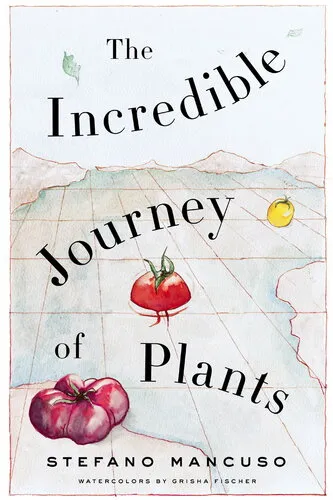The metamorphosis of plants
4.0
بر اساس نظر کاربران

شما میتونید سوالاتتون در باره کتاب رو از هوش مصنوعیش بعد از ورود بپرسید
هر دانلود یا پرسش از هوش مصنوعی 2 امتیاز لازم دارد، برای بدست آوردن امتیاز رایگان، به صفحه ی راهنمای امتیازات سر بزنید و یک سری کار ارزشمند انجام بدینکتاب های مرتبط:
مقدمهای بر کتاب "The Metamorphosis of Plants"
کتاب "The Metamorphosis of Plants" اثر یوهان ولفگانگ فون گوته یکی از آثار برجسته در عرصهی زیستشناسی و گیاهشناسی است که دیدگاههای نوینی درباره تحول و تکامل گیاهان ارائه میدهد. این اثر به عنوان یک نقطه عطف در تاریخ گیاهشناسی شناخته میشود و با زبانی شاعرانه و دقیق نوشته شده است. در این کتاب گوته با ترکیبی از علم و هنر به بررسی قوانین اساسی طبیعت و ساختار پیچیده گیاهان پرداخته است.
خلاصهای جامع از کتاب
کتاب "The Metamorphosis of Plants" با تشریح مفهوم تبدل و تحول در دنیای گیاهان آغاز میشود. گوته معتقد است که همهی اعضای گیاه شامل برگها، گلها و میوهها حتی ریشه، دارای الگویی مشترک هستند که قابلیت تحول و تکامل را دارند. او با مشاهده دقیق طبیعت و ساختار گیاهان به این نتیجه میرسد که این الگوی مشترک، واحدی اساسی و ابتدایی است که همهی گیاهان در طول زندگی خود از طریق آن تغییر شکل میدهند. گوته به جای بررسی گیاه به عنوان یک موجود ساکن، آن را موجودی دینامیک و در حال تحول میبیند.
نکات کلیدی
- تمرکز بر تحول و تغییرات ساختار گیاهان در طی زمان.
- توجه به الگوی بنیادین مشترک در میان تمام اعضای گیاه.
- درک گیاه به عنوان موجودی زنده و پویا.
نقل قولهای معروف
"در هر برگ و در هر گل شکفته، میتوان رد پایی از یک قانون جهانی را مشاهده کرد که گیاهان را به هم مرتبط میسازد."
"گیاه در همه حال در حال تغییر و تحول است و این تغییرات مستمر، جلوهای از طبیعت و حیات است."
اهمیت کتاب
کتاب "The Metamorphosis of Plants" اهمیت زیادی در مطالعات گیاهشناسی دارد. این اثر نه تنها در قالب علمی بلکه به دلیل زبان شاعرانه و دید فلسفی گوته، در میان آثار ادبی نیز جایگاه ویژهای دارد. نظریهی تحول گیاهان در این کتاب، مبنای بسیاری از مطالعات و نظریات مدرن قرار گرفت و دیدگاههای جدیدی در زمینهی رابطهی انسان با طبیعت معرفی کرد. اثر گوته هنوز هم به عنوان یک مرجع مهم برای کسانی که به مطالعهی تحول در طبیعت و زیستشناسی علاقه دارند، شناخته میشود.
Introduction to "The Metamorphosis of Plants"
Written by Johann Wolfgang von Goethe, "The Metamorphosis of Plants" explores the intricate and fascinating world of botanical transformation. Originally published in 1790, this seminal work is a cornerstone in the study of plant morphology and heralds Goethe's pioneering approach to scientific inquiry, merging observational science with philosophical and poetic insight.
Goethe’s exploration into the life cycle of plants goes beyond mere categorization; it delves deep into the unifying principles governing plant development. This book offers an insightful look into the dynamic processes of growth, expansion, and transformation in the plant kingdom, aiming to uncover the fundamental laws of botanical forms. Goethe's revolutionary perspective emphasizes the interconnectedness of life and the continuous metamorphosis shaping every plant species.
Detailed Summary of the Book
The main thrust of "The Metamorphosis of Plants" lies in its exploration of how a single archetypal form - the primal plant or 'Urpflanze' as Goethe termed it - manifests in varying adaptations and transformations across different plant species. Through careful observation of the growth stages of plants, Goethe outlines a series of morphological phases: from the seed to cotyledons, to leaves, then to sepals, petals, stamens, and finally pistils.
Goethe proposes that each plant part is a variation of the same basic form, transformed to fulfill different biological roles. He suggests that flowers, for instance, are evolved forms of leaves adapted specifically for reproduction. The treatise is more than just a scientific paper; it is Goethe's philosophical exposition on unity in nature, showing a profound appreciation for the harmony and order that pervade the botanical world.
Key Takeaways
- Plants change continuously, cycling through various morphological forms.
- Every part of a plant is essentially an alteration of a fundamental form to serve distinct purposes.
- Understanding plant morphology requires observing and contemplating the dynamic interrelations of its parts throughout its lifecycle.
- Goethe's approach bridges the gap between art and science, offering a holistic view of botanical phenomena.
Famous Quotes from the Book
"He, who knows how to observe, finds universal laws in the most minute details."
"The primal plant will be the strangest creature in the world, which Nature herself will envy me."
"The human mind can only apprehend truth when complementary opposites are united."
Why This Book Matters
Goethe's "The Metamorphosis of Plants" is not just a botanical study; it is a philosophical treatise that offers a paradigm shift in scientific thought. It challenges the reductionist approach of its time, emphasizing a holistic perspective that has influenced both science and the humanities. Goethe’s insights laid foundational ideas for future disciplines, including evolutionary biology and ecology.
The book represents a profound understanding that the observable changes in nature are interconnected and governed by underlying universal laws. This notion has inspired countless researchers and continues to resonate in contemporary discussions about sustainability and the intricate balance of ecosystems. "The Metamorphosis of Plants" is crucial reading for anyone interested in the intersection of science, philosophy, and the natural world.
دانلود رایگان مستقیم
شما میتونید سوالاتتون در باره کتاب رو از هوش مصنوعیش بعد از ورود بپرسید
دسترسی به کتابها از طریق پلتفرمهای قانونی و کتابخانههای عمومی نه تنها از حقوق نویسندگان و ناشران حمایت میکند، بلکه به پایداری فرهنگ کتابخوانی نیز کمک میرساند. پیش از دانلود، لحظهای به بررسی این گزینهها فکر کنید.
این کتاب رو در پلتفرم های دیگه ببینید
WorldCat به شما کمک میکنه تا کتاب ها رو در کتابخانه های سراسر دنیا پیدا کنید
امتیازها، نظرات تخصصی و صحبت ها درباره کتاب را در Goodreads ببینید
کتابهای کمیاب یا دست دوم را در AbeBooks پیدا کنید و بخرید
1707
بازدید4.0
امتیاز0
نظر98%
رضایتنظرات:
4.0
بر اساس 0 نظر کاربران
Questions & Answers
Ask questions about this book or help others by answering
No questions yet. Be the first to ask!
